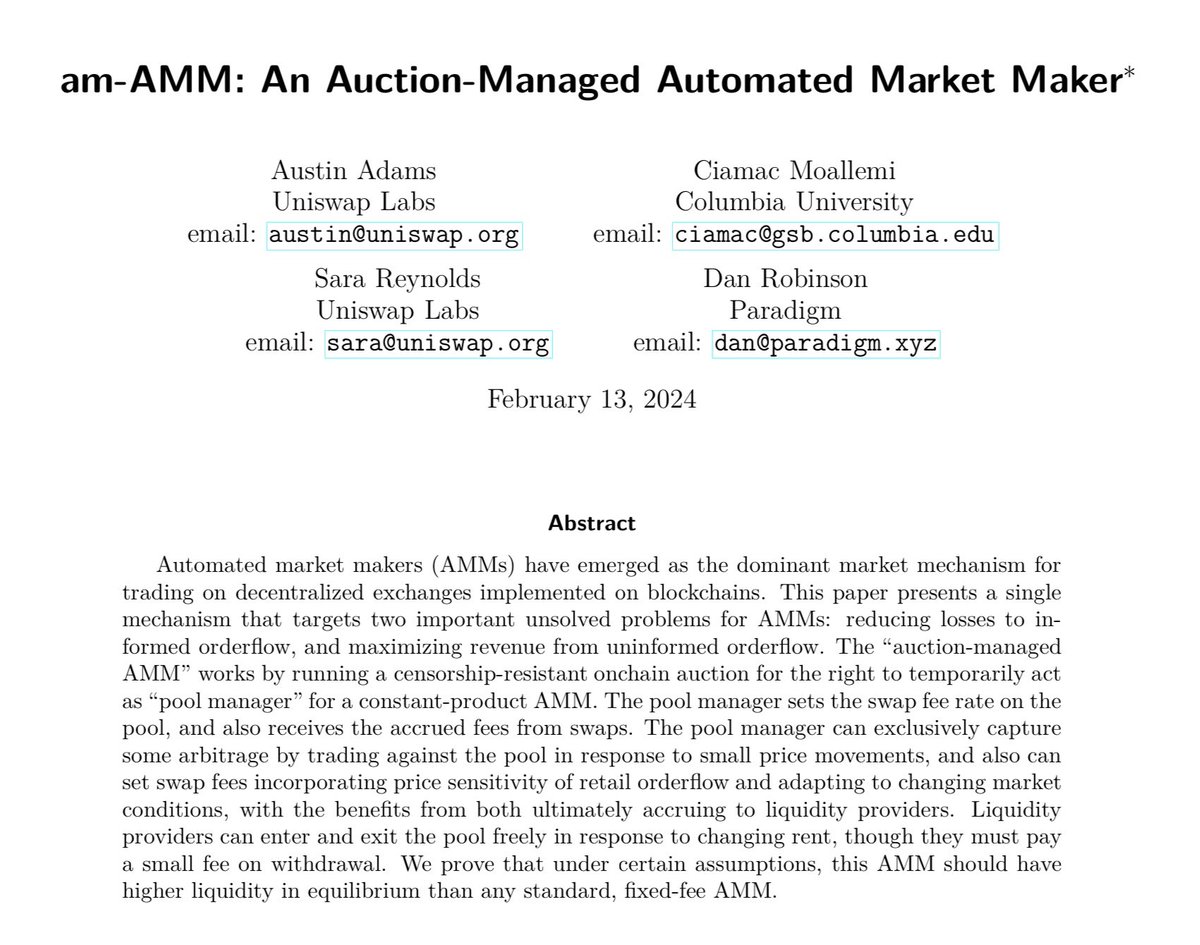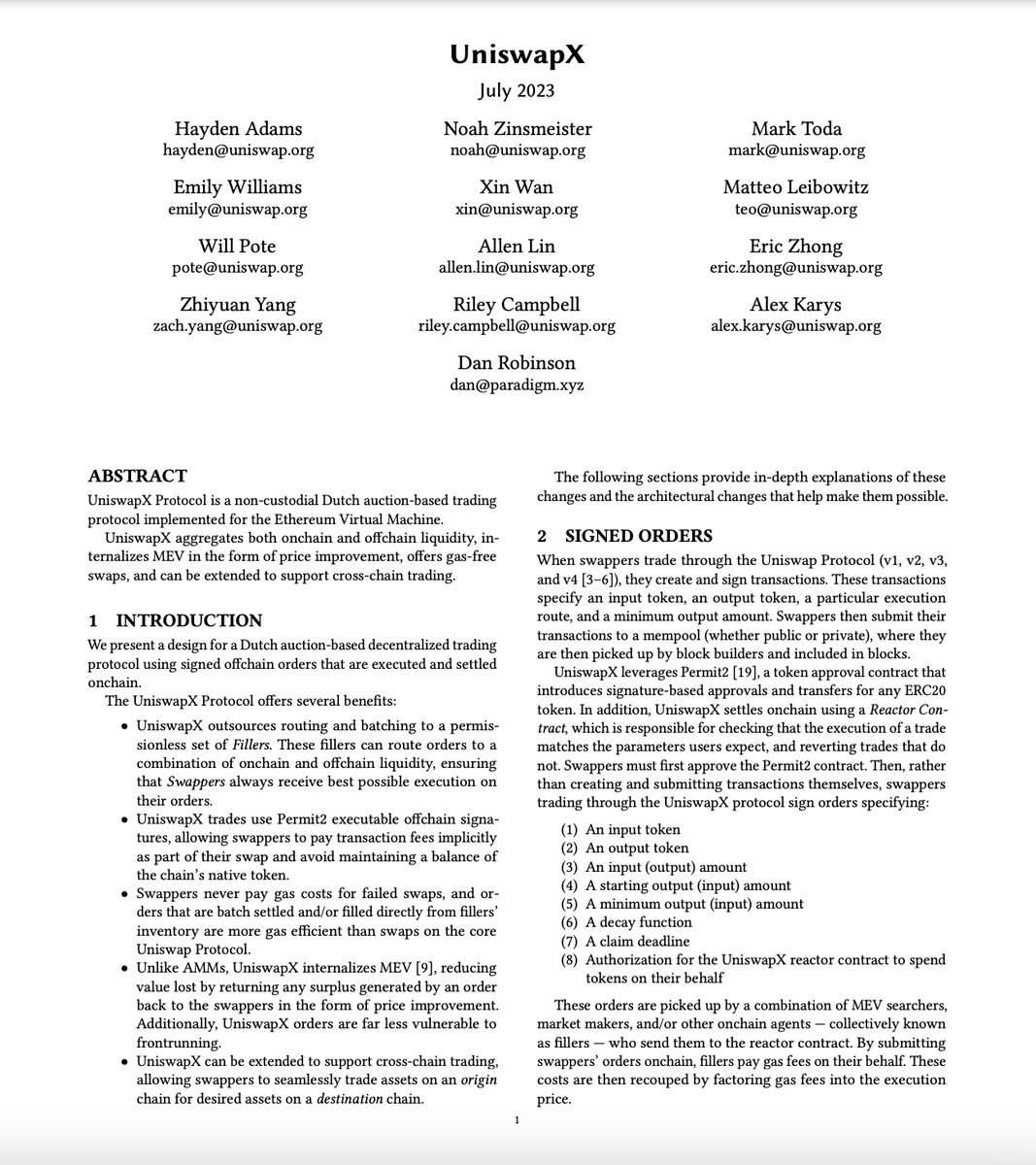If you work with Ethereum data, this tool might change your life: abi-parser-nvk.vercel.app
You can enter any contract address, and it looks up the ABI and generates queries that can be run on BigQuery to create parsed tables for each event or function call on that contract:
You can enter any contract address, and it looks up the ABI and generates queries that can be run on BigQuery to create parsed tables for each event or function call on that contract:

• • •
Missing some Tweet in this thread? You can try to
force a refresh










